A Darwin’s Rhea is not a flier but a flapper. Unable to fly, the birds use their outlandishly gorgeous feathers in a sexy and energetic courtship dance.
No wonder the word ‘flapper’ was coined for young girls of the 1920s, dancing to the new Jazz music.

With fine, delicate feathers circling round its head and blowing in the Patagonian wind, the bird is beautiful and sexy.

During the second voyage of HMS Beagle, the young naturalist Charles Darwin made many trips on horseback into Patagonia. He had heard from local gauchos of the existence of a small Rhea-like bird. He continued searching fruitlessly for this bird. He even travelled up the Santa Cruz river and saw several from a distance but they ran away too quickly to be caught.
The Beagle sailed south, putting in at Puerto Deseado in southern Patagonia on 23 December. On the following day Darwin shot a guanaco which provided them with a Christmas meal, and in the first days of January, the artist Conrad Martens shot a rhea which they enjoyed eating before Darwin realized that this was the elusive smaller rhea rather than a juvenile of the greater Rhea.
A shocked Darwin ran into the ship’s galley to collect the remains of the bird, saving the head, neck, legs, one wing, and some of the larger feathers. These were eventually described by James Gould as a new species – the Darwins (or Lesser) Rhea.
Darwin’s Rhea is a large flightless bird with two distinct populations located in the Altiplano of the central Andes and the Patagonia Steppes.
.
Paula and I have seen the bird most often in Patagonia, usually running away from us at a fast pace. On the Valdez peninsula the birds are more used to people and here we have managed some close views.
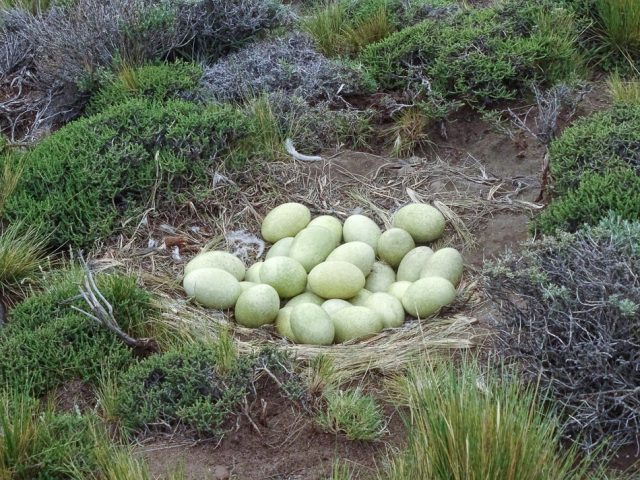
We love finding their nests, they are fantastic, laden with up to thirty or forty large greenish eggs, which turn yellow as they age.
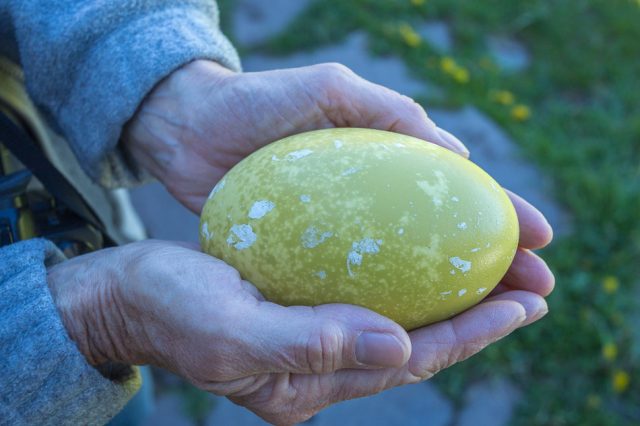
Males incubate the eggs and look after the chicks. They are strong birds and can defend the chicks against most predators.
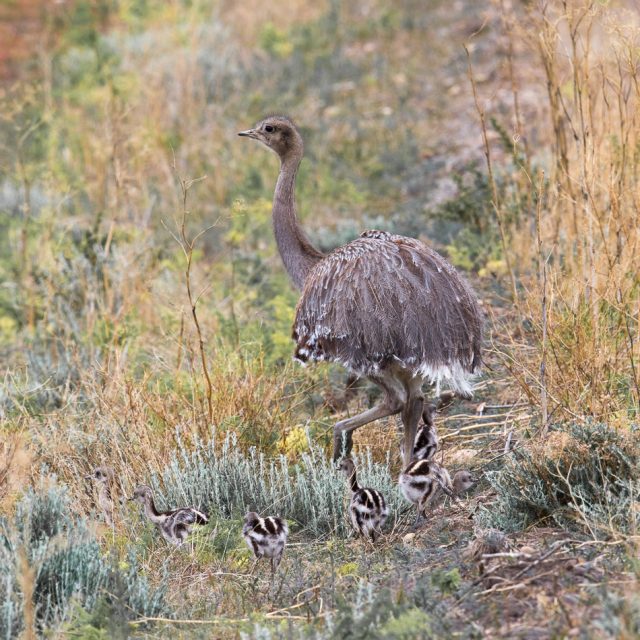
Both the eggs and the birds are good to eat, so they have been relentlessly hunted for hundreds of years.
CONSERVATION
Set deep in the Chacabuco valley in southern Chile, the Conservation Land Trust is undertaking a successful breeding project for the birds run by their head of conservation Cristian Saucedo.
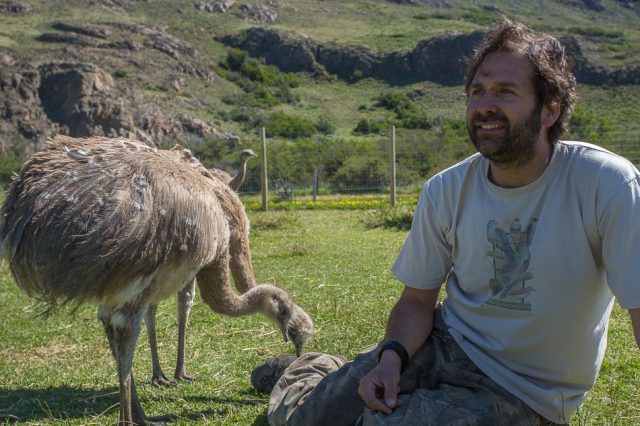
Eventually their birds will be released in the remote and spectacular landscape of the Chilean Patagonian National Park.
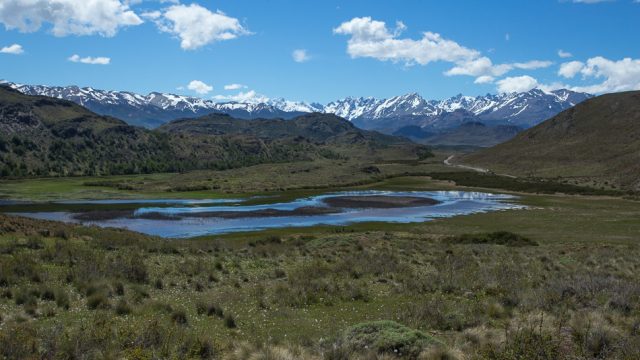

I see you don’t monetize living-wild.net, don’t waste your traffic,
you can earn extra cash every month with new monetization method.
This is the best adsense alternative for any type of website (they
approve all sites), for more info simply search in gooogle: murgrabia’s
tools
|Thank you I will try